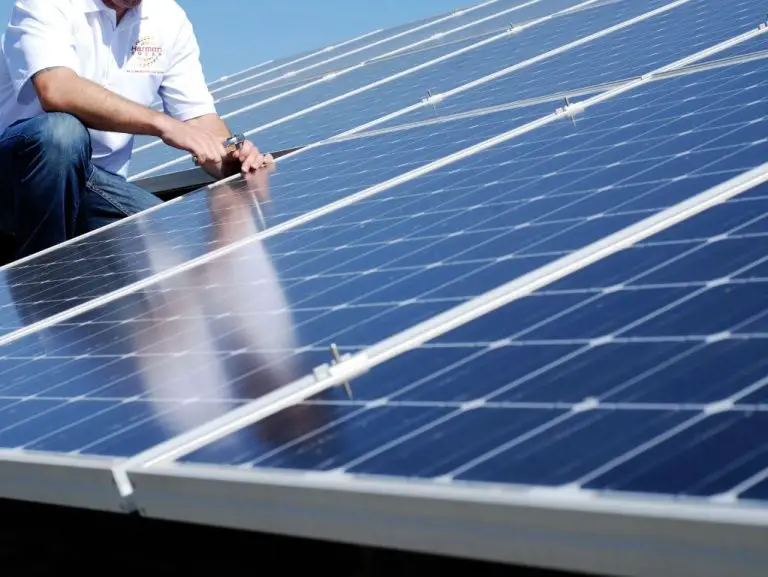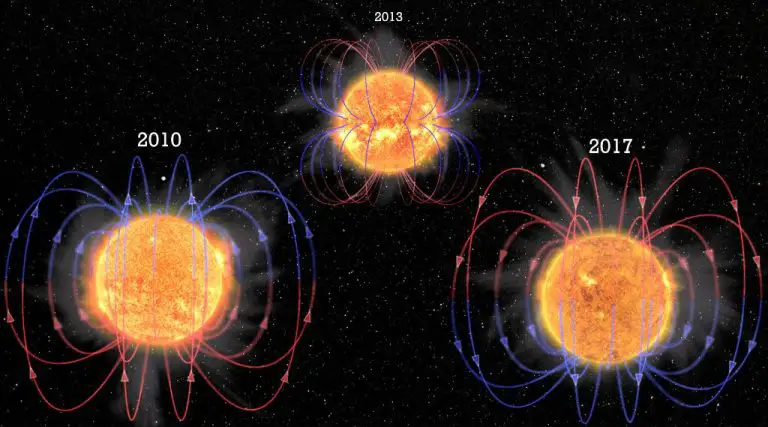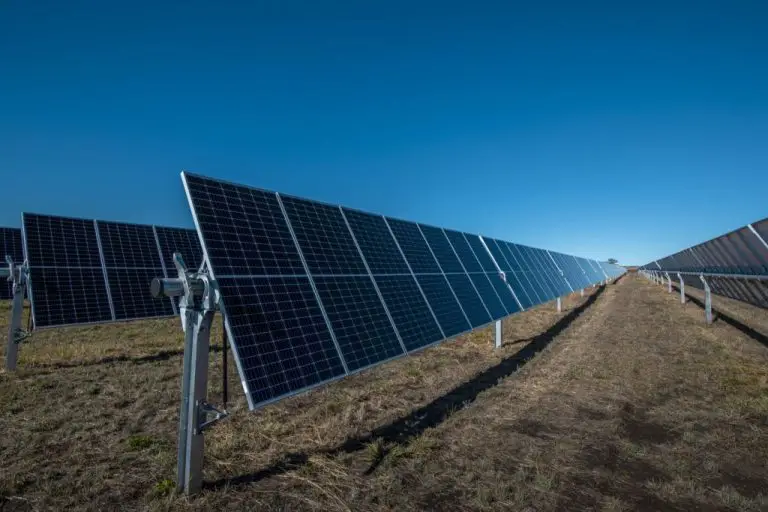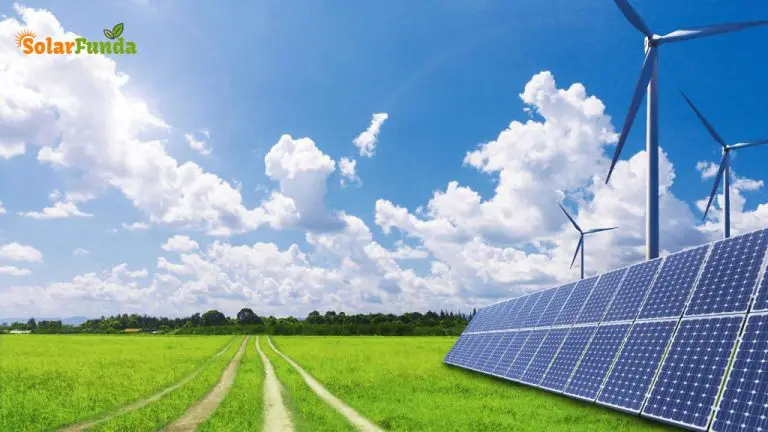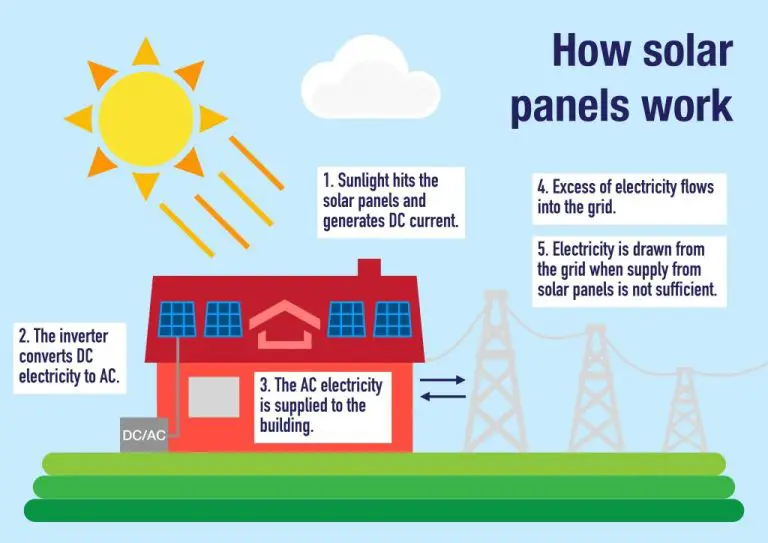Is There Anything Negative About Solar Panels?
Solar panels have emerged as an increasingly popular source of renewable energy for homes and businesses over the past decade. The share of U.S. homeowners with solar panels has risen from just 4% in 2016 to 11% in 2022 (Source). Solar panels work by converting sunlight into electricity through photovoltaic cells. The electricity generated can power homes and appliances or even feed into the wider electrical grid. With tax incentives and falling prices, solar panels offer an eco-friendly way to reduce electricity bills and dependence on the grid. However, some downsides exist that homeowners should consider before installing solar panels.
High Upfront Costs
One of the biggest negatives of solar panels is the high upfront costs required to purchase and install the system. According to researchers at Forbes, the average cost to install solar panels nationwide is around $16,000 (https://www.forbes.com/home-improvement/solar/cost-of-solar-panels/). This cost can vary depending on the size, weight, number of panels, and other factors. For example, Energysage reports the average cost of an 11kW system is about $22,022 after federal tax credits (https://www.energysage.com/local-data/solar-panel-cost/). For many homeowners and businesses, this high initial investment makes solar impractical despite the potential for long-term savings.
Installation costs also add thousands more to the total price. You’ll need to hire a solar company to properly install and connect the system to your home’s electrical setup. This complex process requires electricians and technicians, further adding to the bill. When everything is factored in, solar panels represent a major financial commitment that some cannot afford despite their benefits.
Appearance and Space
One potential drawback of solar panels is that they can look unsightly and take up a significant amount of space. Typical solar panels are large, with dimensions of around 6 by 3 feet for residential systems. When installed on rooftops, solar arrays are visible and can be perceived as unattractive, especially if the panels do not match the aesthetics of the roof or home (Source 1). The reflective surfaces and industrial appearance of solar panels may clash with some architectural styles. This has led to objections against solar installations in neighborhoods or historic districts where maintaining a certain aesthetic is important.
However, there are ways to install solar panels more discreetly. Panels can be mounted flush with the roofline or positioned in less visible areas. There are also solar shingles and tiles that integrate directly into the roof. Using panels with black frames and anti-glare coatings also helps them blend in. Strategically placing panels and landscaping can reduce visibility from the street or adjacent properties (Source 2). Overall, aesthetics are often cited as a drawback of solar panels, but good design practices can help mitigate the visual impacts.
Weather Dependence
Solar panels rely on sunlight to generate electricity, so their output depends heavily on weather and environmental conditions (Solar Alliance). Cloudy days can significantly reduce the energy production of solar panels. With heavy cloud coverage, panels may only generate 10-25% of their usual output (EcoWatch). Solar generation drops during storms, thick fog, or snow covering the panels. Areas with frequent overcast weather may see less return on investment from solar panels.
However, solar panels can still produce some electricity even on cloudy days. The panels convert whatever portion of sunlight passes through cloud cover into electrical current (SunPower). So output diminishes but does not disappear in less than ideal weather. Solar energy systems can complement other sources like wind or batteries that perform better on cloudy days. Overall, solar power functions best in regions with high sunny hours per year.
Toxic Materials
Some solar panel components like lead, cadmium, and other heavy metals can be toxic. Older solar panel technologies often used more toxic materials. For example, cadmium telluride panels utilize the toxic metal cadmium [1]. Newer solar panels tend to use less toxic materials, but many still contain some lead and other concerning substances [2].
There is a risk of toxic materials leaching out as solar panels break down over time. This could potentially pollute the surrounding environment. Proper solar panel disposal and recycling is important to minimize pollution. While toxicity is still a downside, solar panel manufacturers are working to reduce hazardous materials and governments are implementing more regulations around solar panel waste.
End-of-Life Disposal
Proper disposal of solar panels at the end of their lifespan is an important consideration. Solar panels contain toxic materials like lead and cadmium that can leach into the soil and water if not handled properly. Currently, solar panel recycling rates are low, with some estimates suggesting less than 10% of panels in the US are recycled [1]. This means the vast majority of panels end up in landfills where hazardous materials can eventually be released.
Some key factors contributing to the low recycling rates include lack of mandated recycling, high costs of recycling, and lack of recycling infrastructure. While some solar companies voluntarily recycle panels, there are no federal laws in the US requiring recycling. Setting up recycling facilities and processes is expensive, so the economics do not favor recycling currently. However, as more panels reach end-of-life in the coming decades, developing proper recycling processes will be crucial to managing the waste and preventing environmental contamination.
Consumers should do research on solar companies’ recycling policies when considering installation. And governments should consider regulations to require responsible recycling and waste management for solar panels. With the rapid growth of solar, now is the time to plan for the responsible disposal of these technologies at end-of-life.
Grid Dependence
While solar panels allow homes and businesses to generate their own electricity, most installations still rely heavily on the grid for backup power and to sell excess electricity. According to the Solar Energy Industries Association (SEIA), over 90% of solar panel installations in the U.S. are grid-tied as of 2022 (https://www.seia.org/initiatives/net-metering). This means the solar system feeds any excess power into the grid, which homeowners can then draw from when their panels aren’t producing enough energy. Fully off-grid solar systems are still fairly rare.
Relying so heavily on the grid can be seen as a downside for a few reasons. First, grid-tied systems won’t provide any power in the event of a grid failure. Having battery backups can help, but these add significantly to costs. There’s also still monthly fees and charges from the utility company, even for grid-tied solar customers. And if net metering policies change, grid-tied solar owners could lose the ability to sell excess power back to the grid. Overall, dependence on the utility grid limits the resilience and cost-saving potential of residential solar panels.
Wildlife Impact
Solar panel farms can negatively impact natural habitats and wildlife if not properly sited and managed. According to a report from the U.S. Department of Energy, large-scale solar facilities can present collision risks for birds and bats, as well as disrupt wildlife habitats and migration patterns (https://www.energy.gov/sites/default/files/2021-11/Solar%20Impacts%20on%20Wildlife%20and%20Ecosystems%20Request%20for%20Information%20Summary.pdf). The structures and fencing of solar farms can impede wildlife movement, while the clearing of vegetation disturbs or destroys natural habitats.
Research shows solar farms have led to mortalities of birds and insects that mistake solar panels for bodies of water and collide or burn up as they attempt to land. The heat from the panels as well as the polarized light reflecting off them can attract and disorient wildlife. Proper siting of solar farms away from major migratory paths and wildlife corridors can help mitigate these risks.
Land Usage
Solar farms take up a significant amount of space. A conservative estimate is that it takes 10 acres to produce one megawatt (MW) of electricity (The True Land Footprint of Solar Energy – Better Energy). A general rule of thumb is that a solar farm requires 4-7 acres of land per MW of capacity (How Much Land Does a Solar Farm Need? – Solar Land Lease). This means that to generate a meaningful amount of electricity from solar, a lot of open land is required. While rooftop solar panels don’t take up new land, utility-scale solar farms that feed into the grid do require large contiguous plots of land.
Conclusion
While solar energy has many benefits, such as being a renewable and clean energy source that can reduce electricity bills and provide energy independence, it’s important to consider some potential downsides as well. The high upfront installation costs, land usage requirements, appearance concerns, weather dependence, toxic materials, end-of-life disposal process, grid dependence, and wildlife impacts are all factors to weigh when deciding if solar power is right for your home or business. However, solar technology is rapidly improving and becoming more affordable and efficient. With the proper site location, system sizing, and installation, many of the potential negatives of solar panels can be avoided or mitigated.

